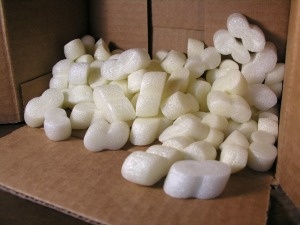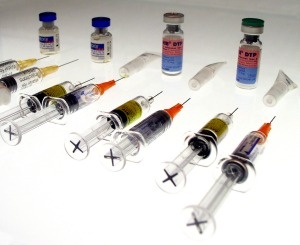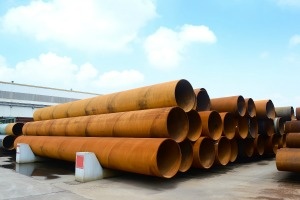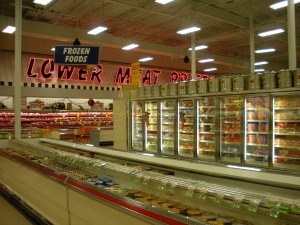Since joining MarketResearch.com, Freedonia’s analysts have produced a huge number of blog posts to give readers an inside look at the latest market research. The Freedonia Group’s large crew of in-house analysts write about 120 Industry Studies and 600 Freedonia Focus Reports per year.
The blogs not only give us a chance to show our creative side, but also share some interesting tidbits we learned while writing our studies and reports. Read on for a list of the most-viewed blog posts by our analysts in 2016.











